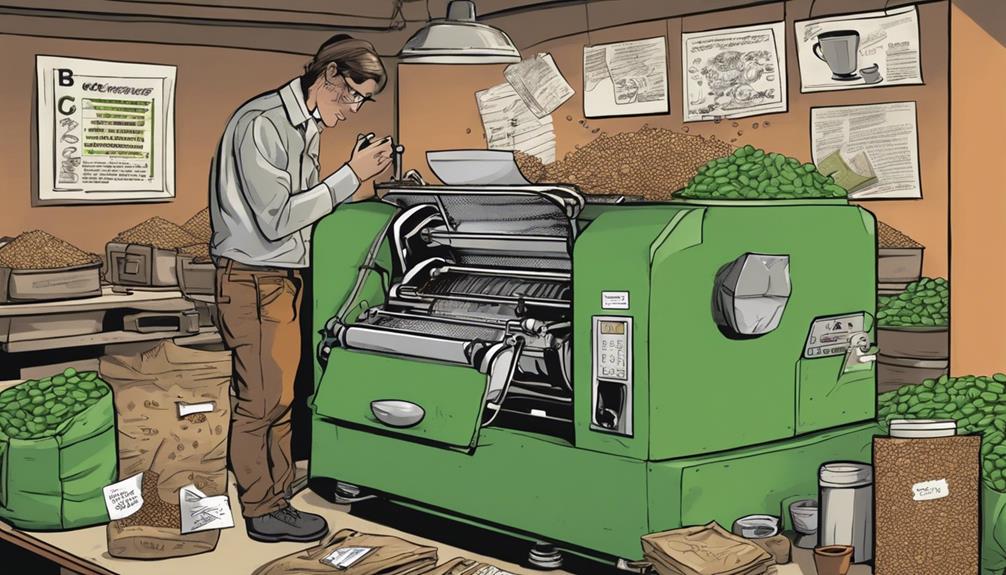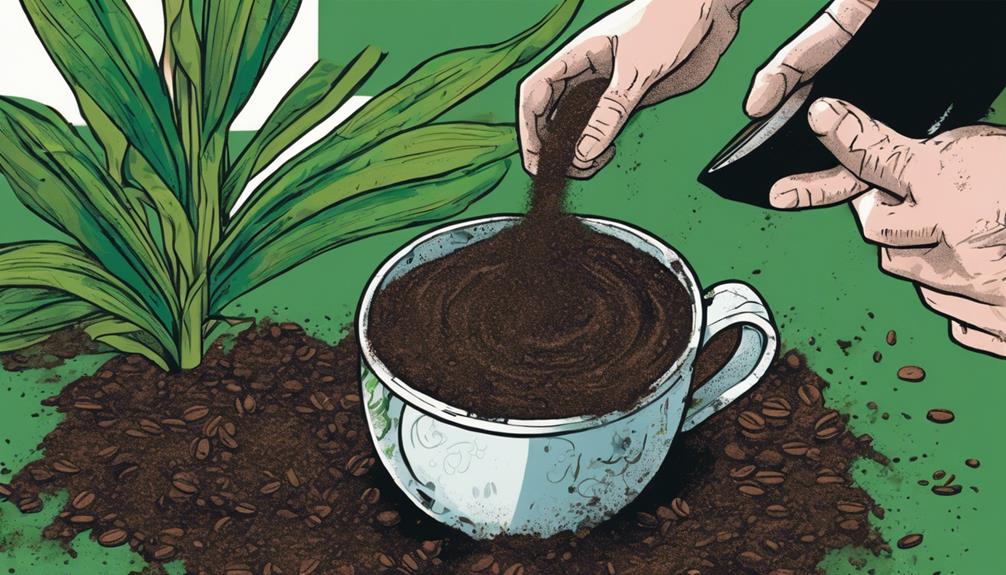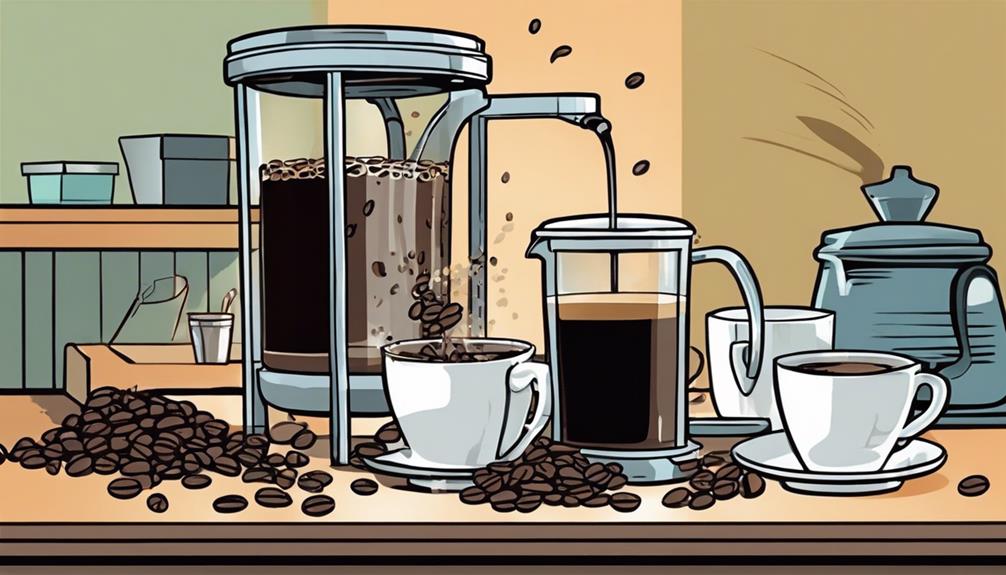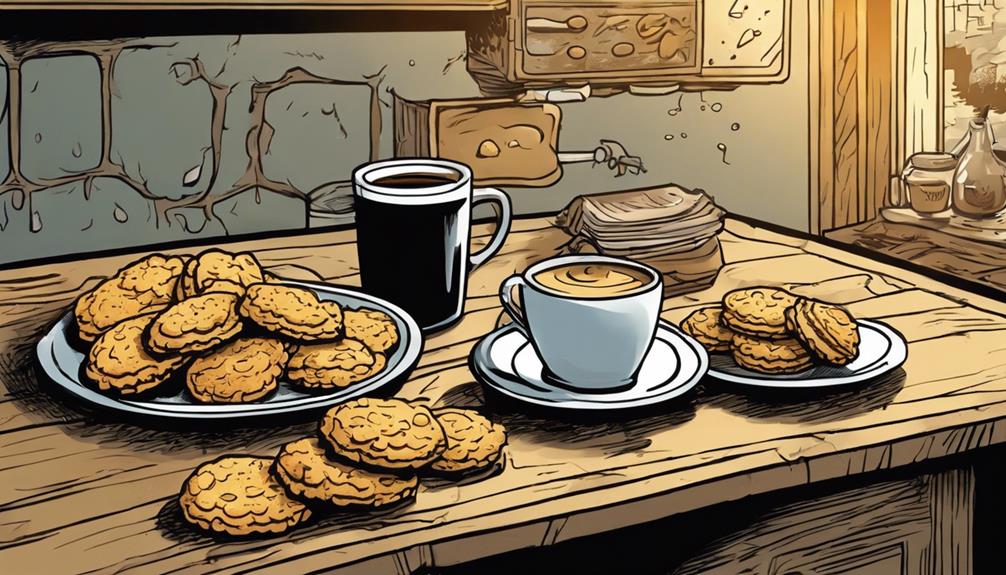To start the process of roasting coffee, it is essential to understand the basics of bean varieties and grading. Prior to roasting, ensure beans are cleaned and sorted to maximize flavor. Experiment with different roasting techniques such as drum or air roasting, each providing distinct profiles. Try different roasting levels from light to medium-dark for a range of flavors. After roasting, store beans properly to maintain freshness. Delve into the world of coffee by exploring single-origin and blended varieties. Roasting 101 includes vital training and business elements. Hone your skills by practicing with a variety of coffee beans. Dive into the realm of coffee roasting with enthusiasm and precision for a fulfilling journey of flavor exploration and expertise.
Key Takeaways
- Learn coffee roasting basics like bean varieties, roasting techniques, and post-roasting handling.
- Gain hands-on experience through apprenticeships or training programs.
- Experiment with different beans to understand flavor profiles.
- Develop a vocabulary to deepen understanding of the roasting process.
- Practice in diverse environments to enhance roasting skills.
Coffee Bean Basics
To become a coffee roaster, you must first grasp the basics of coffee bean varieties and grading. Different coffee bean varieties offer unique flavors and aromas, influenced by factors like soil and climate. Understanding the grading process is essential, as beans are assessed based on size, shape, and quality, with specialty coffee typically comprising the highest quality beans.
Before the roasting process begins, coffee beans undergo a thorough cleaning and sorting procedure to eliminate any debris or imperfections. This step guarantees that only the best beans are used, setting the stage for a quality roast.
Roasting plays a pivotal role in shaping the flavor and aroma of the final product. Different roast levels, such as light, medium, and dark, offer distinct characteristics, from bright and acidic notes to deep and rich flavors.
As a coffee roaster, mastering the basics of coffee beans, including their varieties, grading, and the impact of roasting, will set you on the path to creating exceptional brews.
Coffee Roasting Techniques
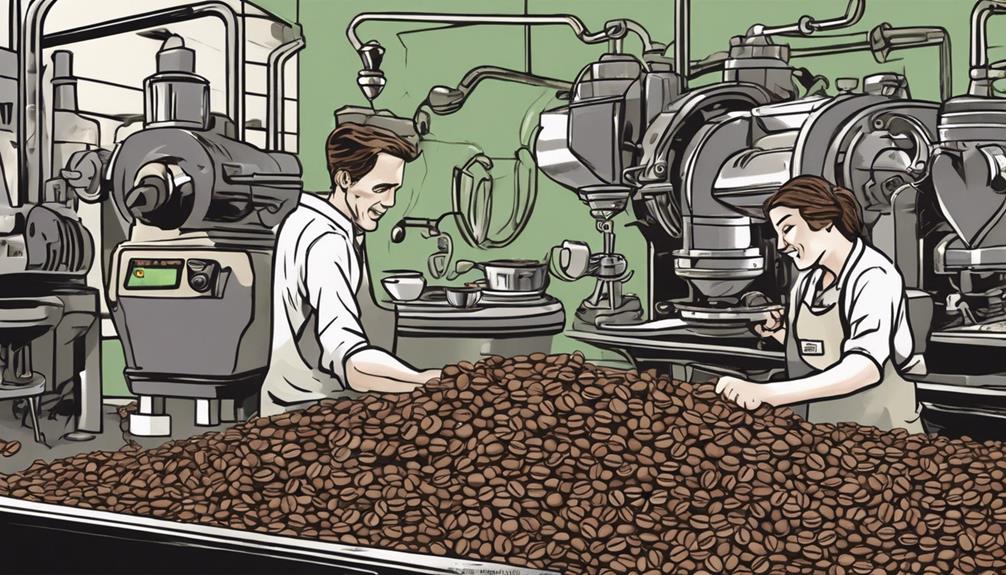
As you explore coffee roasting techniques, you'll encounter a variety of methods like drum roasting, air roasting, and convection roasting.
These techniques play an essential role in shaping the final flavor and aroma of your coffee beans.
Understanding how each method impacts flavor development will allow you to craft unique and customized coffee profiles.
Roasting Method Variety
Different coffee roasting techniques offer unique approaches to achieving distinct flavor profiles in the beans. Drum roasting involves rotating beans in a heated drum, ensuring uniform roasting.
On the other hand, air roasting, also known as fluid bed roasting, uses hot air to delicately roast beans, resulting in a lighter flavor profile.
Convection roasting combines both drum and air methods, providing even results and enhanced flavors in the coffee beans.
Each roasting method impacts the final flavor and aroma differently, allowing for a wide range of flavor possibilities.
Understanding the advantages of each roasting method is essential in achieving the desired roast profiles.
Flavor Impact Analysis
Examining how various coffee roasting techniques affect the flavor and aroma of the beans is essential for mastering the art of coffee roasting. Understanding the impact of different methods on the roasted beans can help you achieve the desired taste profiles.
Here are three key points to bear in mind:
- Drum Roasting: This traditional method ensures even roasting of the beans, leading to a balanced flavor profile. The controlled environment inside the drum allows for consistent heat distribution, resulting in a uniform roast.
- Air Roasting: With air roasting, the beans are roasted using hot air, which imparts a clean and bright flavor to the coffee. This method is known for bringing out delicate flavors quickly due to the rapid and efficient roasting process.
- Convection Roasting: Combining the best of drum and air roasting, convection roasting offers a unique flavor profile. The beans are roasted evenly like in a drum roaster, but with the speed of air roasting, resulting in a distinctive taste experience.
Understanding these techniques will help you master the art of roasting and create exceptional coffee blends.
Aroma Development Process
Influenced by factors like temperature, time, and roasting method, the aroma development process in coffee roasting is a critical aspect of mastering the art of creating exceptional coffee blends. Different roasting techniques, such as drum roasting and air roasting, impact the roasting process. Roast levels, ranging from light to dark, also play a crucial role in aroma development during the roasting process. Proper degassing and resting of coffee beans post-roasting contribute significantly to the full development of aromas, enhancing the final flavor profiles. Understanding the intricacies of the aroma development process not only enriches your knowledge but also deepens your appreciation for the nuanced flavors and aromas that result from the roasting process.
| Factors Influencing Aroma Development | Impact on Roasting Process |
|---|---|
| Temperature | Directly affects aroma extraction and development |
| Time | Influences the depth and complexity of aromas |
| Roasting Method | Determines the overall flavor profile and aroma intensity |
Roast Levels and Characteristics
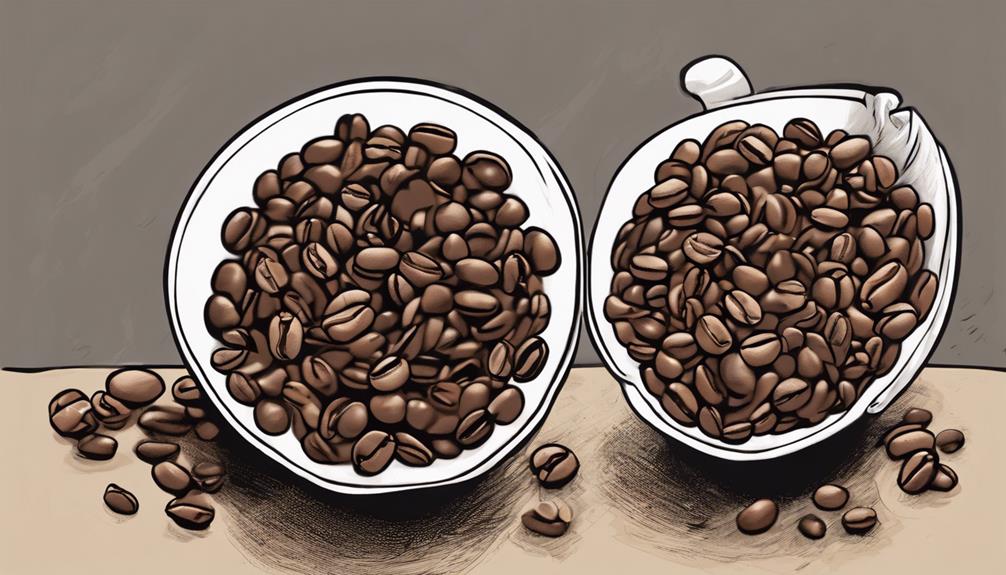
When roasting coffee beans, the level of roast directly impacts the final flavor and aroma you'll experience in your cup. Understanding the different roast levels is essential for achieving the desired taste in your coffee.
Here are three key points to keep in mind:
- Light Roasts: Roasted at around 400°F, light roasts maintain the original bean characteristics, offering a bright and acidic flavor profile that highlights the bean's origin and unique qualities.
- Medium Roasts: With a balance of acidity and body, medium roasts provide a well-rounded flavor that appeals to a wide range of coffee drinkers, showcasing a more developed sweetness and aroma compared to light roasts.
- Medium-Dark Roasts: These roasts have a deeper flavor profile, richer aroma, and a slightly oily surface. They offer a bolder taste while still retaining some of the bean's origin characteristics.
Each roast level is achieved through specific roasting techniques that bring out distinct flavors and aromas, catering to different preferences among coffee enthusiasts.
Post-Roasting Handling
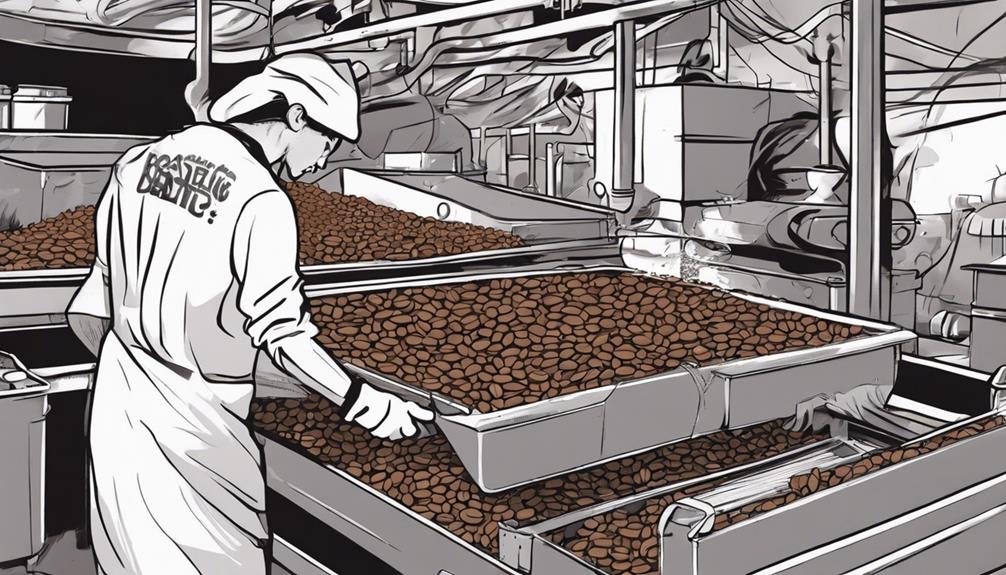
After roasting coffee beans to your desired level, ensuring proper post-roasting handling is vital to maintaining the quality and freshness of your product.
Freshly roasted beans should be allowed to cool before packaging to prevent moisture buildup, which can impact the beans' quality.
Storing roasted coffee in an airtight container is essential to preserve its freshness and flavors, keeping it away from light, heat, and moisture.
It's noteworthy that the full development of flavors in roasted beans typically occurs a few days after the roasting process, so patience is key.
Proper storage in a cool, dry place is crucial for maintaining the quality of your roasted coffee beans over time.
When purchasing roasted coffee, opt for standard shipping to guarantee the beans are delivered with peak freshness, allowing you to enjoy the full flavor profile of your carefully roasted beans.
Expertise and Exploration in Coffee
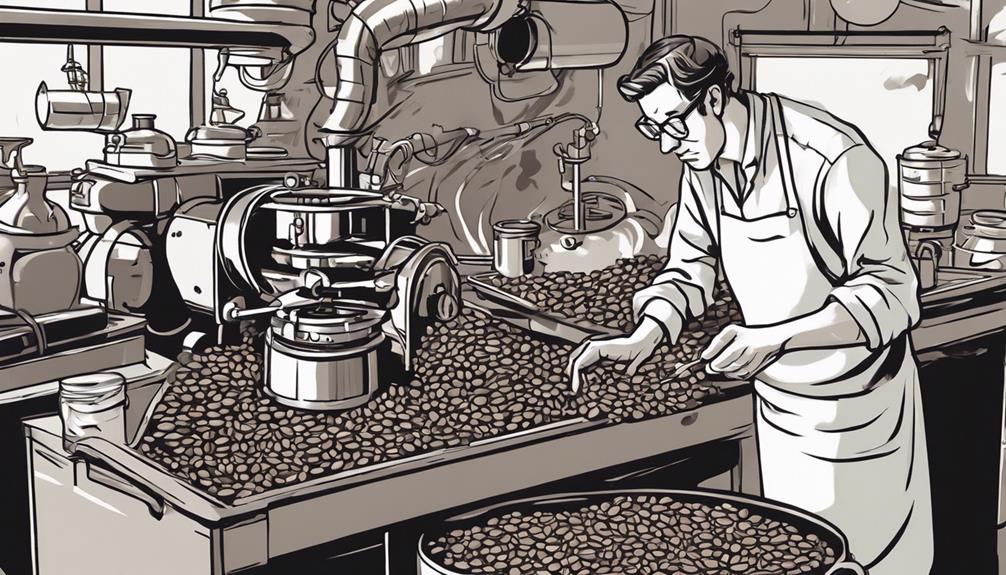
To excel in coffee roasting, you must master the art of balancing flavors and aromas to create a delightful coffee experience.
By exploring single-origin coffees, you can uncover unique flavor profiles that highlight sustainable farming practices.
Coffee blends offer a harmonious balance of flavors, while flavored options add a touch of sweetness and variety to your coffee journey.
Specialty Coffee Flavors
Exploring the world of specialty coffee flavors opens up a domain of distinct and enchanting taste experiences. When immersing yourself in the realm of specialty coffee, you'll encounter a plethora of unique flavors and aromas that stem from the variety and origin of the coffee beans.
Here are three key aspects to ponder when delving into the world of specialty coffee:
- Variety and Origin: Each specialty coffee bean carries its own story, offering a range of flavors and aromas influenced by where it was grown and the specific variety of the bean.
- Single-Origin vs. Blends: Single-origin coffees provide an in-depth exploration into the nuanced flavors of a specific region, while coffee blends offer a balanced and harmonious flavor profile by combining beans from different origins.
- Flavored Coffee: For those seeking a touch of sweetness or variety, flavored coffees infused with different flavors can provide a delightful and fun twist to your coffee experience.
Single-Origin Exploration
Starting on a journey into single-origin exploration reveals a domain of unique coffee flavors waiting to be discovered and appreciated. Single-origin coffees offer a glimpse into the diverse tastes and aromas that stem from a specific region or farm.
By delving into the world of single-origin beans, you not only treat your palate to a rich array of flavors but also support sustainable farming practices. These coffees highlight the terroir of the beans, showcasing the influence of the environment on the final cup. For specialty coffee enthusiasts, the distinct characteristics and quality of single-origin beans are a true delight, providing a personalized and diverse coffee experience.
Roasting single-origin coffees requires expertise to reveal the full potential of each bean. The art lies in carefully bringing out the best flavors and nuances inherent in the coffee, ensuring a memorable and flavorful cup.
Embrace the journey of single-origin exploration to savor the richness of each unique coffee origin.
Blends for Balance
Begin an expedition of discovery by exploring the art of blending coffee beans to achieve a harmonious and balanced flavor profile. Coffee blends offer a universe of possibilities for creating unique and intricate flavor profiles that highlight specific characteristics of different beans.
Here are three key points to ponder when delving into the domain of coffee blends:
- Consistency: Blending different beans allows for uniformity in taste and aroma across various batches, ensuring that each cup delivers the same delightful experience.
- Flavor Exploration: Coffee blends are meticulously crafted to bring out specific flavor notes, providing an opportunity to experiment and discover new and exciting combinations that tantalize the taste buds.
- Complexity: By combining various beans, you can unveil a domain of flavors that go beyond what single-origin coffees can offer, leading to rich and layered taste experiences that keep you coming back for more.
Embrace the art of coffee blending to reveal a world of flavor possibilities and elevate your coffee roasting journey to new heights.
Roasting 101
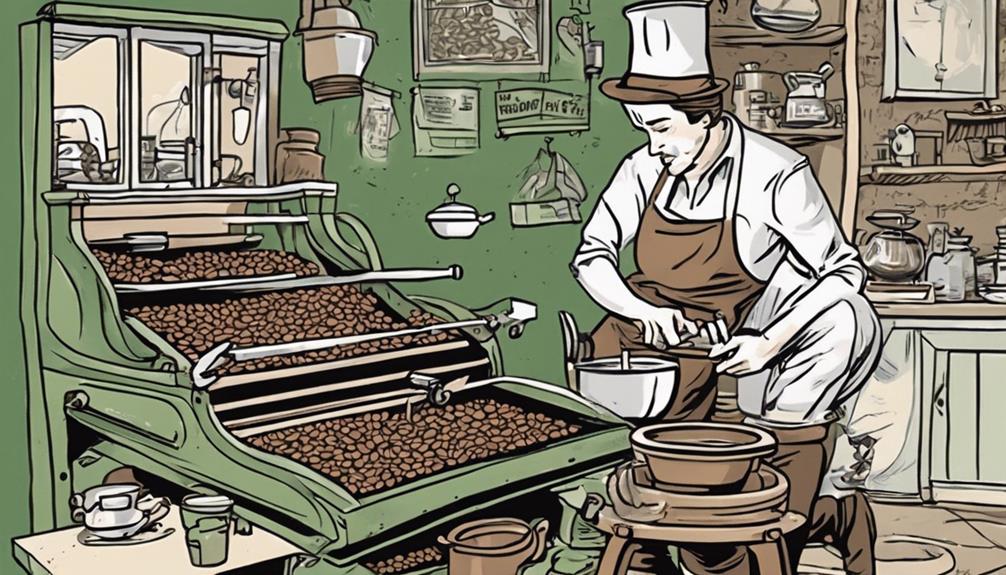
You can explore the basics of coffee roasting with the additional day of hands-on training now offered in 2024. This extra day allows for a deeper immersion into the art of roasting, providing a thorough understanding of the process.
Before the training, you have access to pre-class videos that offer valuable insights into various roasting techniques, giving you a head start on the learning process.
The new optional Saturday morning Coffee Break session covers essential business topics, equipping you not only with roasting skills but also with knowledge on how to navigate the coffee industry successfully. This extensive training serves as the best launching pad for coffee professionals seeking to refine their roasting abilities.
During the training, apprentice-style direction is provided, ensuring that you have a hands-on experience that solidifies your understanding of roasting. This practical approach allows you to apply theoretical knowledge in a real-world setting, honing your skills effectively.
Practice & Play
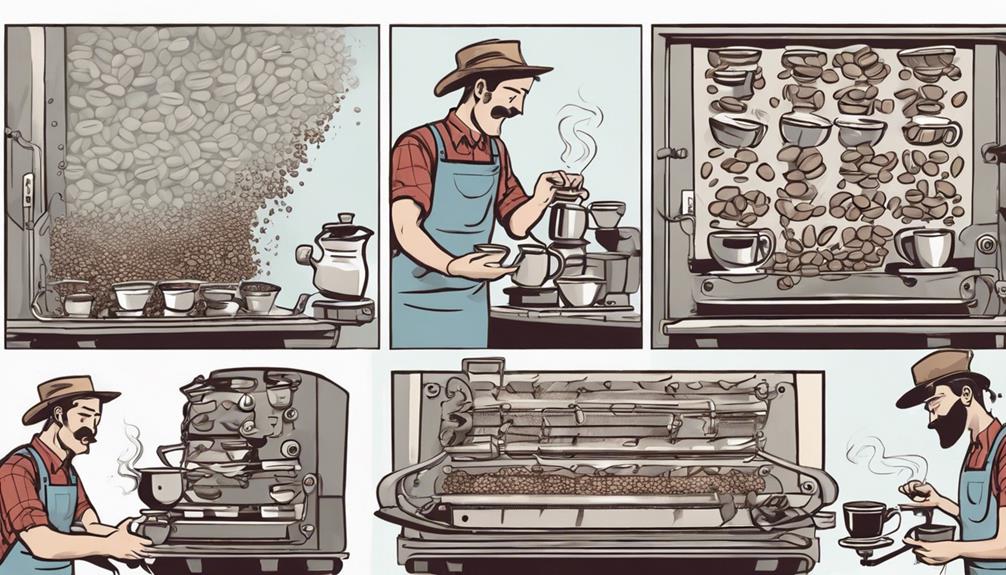
Explore applying fundamental roasting techniques through hands-on experimentation with different green coffee beans and profiles to enhance your skills in the art of coffee roasting.
To truly master the craft, immerse yourself in the following:
- Experiment with Different Green Coffee Beans: Try roasting various types of green coffee beans to understand how different origins and processing methods influence the final flavor profile of the freshly roasted beans.
- Share Your Roasting Experiences: Engage with fellow coffee enthusiasts to exchange insights and perspectives on roasting techniques, enabling you to develop a vocabulary and deepen your understanding of the process.
- Practice in Diverse Environments: Move between different roasters to gain exposure to varying equipment and settings, allowing you to adapt and refine your skills in roasting freshly roasted beans effectively.
Frequently Asked Questions
What Does It Take to Be a Coffee Roaster?
To be a coffee roaster, it takes hands-on training to master bean roasting. Understanding roast profiles, temperature control, and timing is key. Developing sensory skills for flavors and aromas is essential. Passion for learning and experimentation is a must.
Is Starting a Coffee Roasting Business Profitable?
Starting a coffee roasting business can be profitable, with profit margins ranging from 15% to 25%. To succeed, focus on quality roasts, unique blends, and great service. Market research and a solid business plan are essential for success.
How Much Do Roasters Get Paid?
You can expect coffee roasters to earn $40,000 to $60,000 yearly on average, with entry-level positions starting around $30,000. Salaries increase with experience, reaching up to $80,000 for seasoned roasters in specialty shops.
How to Start a Commercial Coffee Roasting Business?
Starting a commercial coffee roasting business can be challenging, but with a solid plan, permits, quality equipment, and strong relationships, you can succeed. Remember, every successful venture faced challenges; push through and thrive.
Conclusion
As you commence on your journey to become a coffee roaster, remember that roasting coffee is like crafting a masterpiece. With each batch, you have the opportunity to create something unique and wonderful, just like a painter with a blank canvas. As you learn and grow in your craft, you’ll develop your own roasting style and techniques that set your coffee apart from the rest. With dedication and practice, you will hone your skills and truly become a coffee roaster. Embrace the journey and enjoy the process of turning green coffee beans into a flavorful and aromatic work of art.
So embrace the process, practice your craft, and let your creativity shine through in every roast. The world of coffee roasting is your canvas – now go and create your masterpiece!
